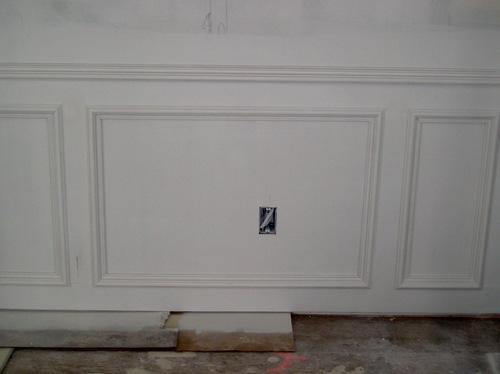Choosing a proper acrylic primer is very important. It could be the difference between a paint job that lasts for years, or spending the money and effort to repaint in half the time.
Acrylic paint primers have become extremely versatile and economical.
These primers are generally easy to use, dry quickly and remain flexible for longer periods of time. They resist cracking, peeling and blistering, and offer easy clean up with soap and water.
Not all primers are the same. Some manufactures use modified resins that are cheaper and inferior, commonly called latex primer. The best primers use 100% acrylic resins and will cost more.
Acrylic Primer Types
Universal primer/sealers – Designed for use on many different interior and exterior surfaces. Such as wood, metal, unpainted drywall, masonry, unpainted plaster, brick, tile, etc. An excellent choice for many interior applications, exterior wood should be limited to spot priming.
Stain Blocking Paint Primer – Effectively primes and seals many water-soluble stains, such as smoke, lipstick, crayon, grease and tannin bleed from redwood or cedar. Many products can be used on both interior and exterior surfaces.
Masonry Paint Primer – Formulated to form a highly alkali resistant film, which will protect the finish coats against lime burn, discoloration and efflorescence. Designed for use on properly cured, unpainted or new, concrete, masonry, stucco and plaster surfaces.
Block Fill – Used on new, unpainted, smooth or split face concrete block. Fills the pores and prepares the surface for finish painting. Formulated to be highly alkaline resistant. Typically much thicker than any other primer type.
Enamel Undercoat – A high build primer for use on interior surfaces, both painted and unpainted. Easily sanded, providing a smooth surface. Ideal for sealing wood trim and doors prior to application of enamel finish.
Common Rules When Choosing an Acrylic Primer
- Universal primers/sealers are an excellent choice for most surfaces. But, choosing a product designed for a specific surface is better. No compromises are made with surface specific products.
- Wood can have tannins and other compounds that can bleed through the primer and finish coats. Use a stain blocking primer to stop bleed through.
- An enamel undercoater will provide smooth results on painted wood trim and doors.
- Acrylic/latex will work well for minor water stains but alkyd/oil base or pigmented shellac is a better choice for heavily stained areas.


